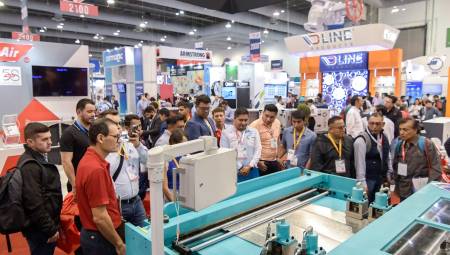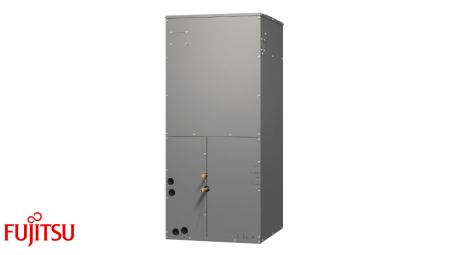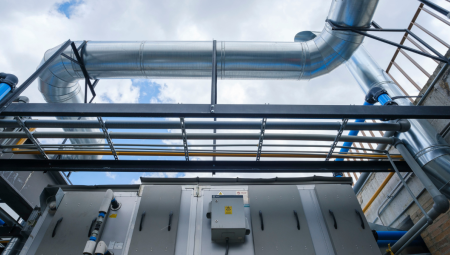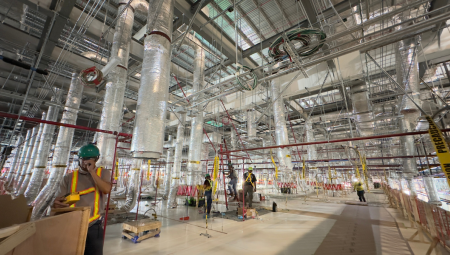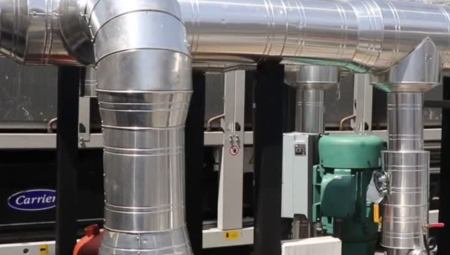Cryogenization
Body Conservation Technique
 Cryogenization, Body Conservation Technique
Cryogenization, Body Conservation Technique
The cryogenization hypothesis emerged in the 60's, and it was Dr. Constance M. Ettinger, who raised this possibility.
By Casandra Malpica
There are at least three cryogenic societies in the U.S. The most important currently has at least 100 frozen bodies.
The old dream of immortality that has accompanied man since the beginning of time already has a name: Cryogenization. Cryogenization, cryonization or cryogenics is nothing more than the freezing of a body waiting to be reanimated in many years, when science has discovered the solution to return to life. It is a system of conservation of biological structures through cold.
Dr. Marcela Regina Beltrán Sánchez, a researcher at the Materials Research Institute and head of the Department of Condensed Matter and Cryogenics, of the National Autonomous University of Mexico (UNAM), affirms that it was not so difficult to conclude that cryogenics can preserve a lifeless body in perfect conditions, through the application of low temperatures.
"Since very remote times the human being knows well the properties of cold as a means of preserving food. Later he found that semen could be preserved by cold, maintaining all its organoleptic characteristics and qualities.
Lately it is already known that whole human embryos are able to grow and develop normally after having been preserved in liquid nitrogen, that is, with cryogenization procedures."
Death, an incurable disease
The cryogenization hypothesis emerged in the 60s of the last century. It was Dr. Constance M. Ettinger, professor of Physics at Highland Park College in Detroit (USA), who promulgated it and developed it in her book Perspective on Immortality. "Death, for the time being, should be considered an incurable disease," he explained. And then, he announced that a body could remain submerged at the boiling temperature of liquid nitrogen waiting for "science to have weapons to cure that disease without treatment."
"If at the temperature of our body a biological reaction occurs in two ten-thousandths of a second, at the boiling temperature of liquid nitrogen that same reaction takes more than two million years." The idea aroused the illusions of thousands of people, to the point that some of them created cryogenic societies to get their governments to authorize the possibility of freezing bodies.
One of these groups is located in Spain. It is the Spanish Society of Cryogenization (SEC), established in 1998. Its president and founder, engineer Andrés Albarrán, says that "seeing what will happen after many years would make me very excited." Both he and a hundred members of that society rely on cryogenization as the best alternative to circumvent death. "Imagine being buried or cremated. In those cases, the chances of returning to life are zero. If you are cryogenized at the end of all the zeros you put there will always be one," says the 74-year-old engineer. He adds: "I am Catholic, but there is something that makes me distrust religion when it tells us that we are going to be resurrected. Thousands and thousands of years have passed and no one has come back to tell it."
Realizing this dream requires great perseverance, especially in Mexico, since the laws of the country do not allow the freezing of living or inert bodies and neither that a corpse is exhumed from the country unless it is embalmed, "which is incompatible with cryogenization," explains Albarrán.
What alternative is left then? United States of America only. In this country there are three cryogenic societies in which a body can be frozen and guarded until the moment in which it is decided to return it to life. The most important is the Alcor Foundation for Life Extension, created in 1972 and headquartered in Arizona. Currently, it is estimated that it keeps in its facilities about one hundred frozen bodies and until February 2009, Alcor had signed, for its future cryogenization, a contract with 883 more people.
Cryogenics is a set of techniques used to cool a matter to the boiling temperature of nitrogen or to even lower temperatures, and is considered as the alternative to the human being to return to life with the help of science.
Frozen cemeteries
Cryogenization begins when the clinical death of the patient occurs. It is essential that very little time passes from this, so that the possibilities of resuscitation in the future increase; as well as specific procedures must be applied for the conservation of the body.
Once in the final phase, "the patient" is transferred to a liquid nitrogen capsule, where it will remain frozen until its subsequent thawing. These capsules, with the appearance of missiles, have a height slightly higher than the human one and a diameter of about two meters, and are covered with a double layer of steel to protect patients from earthquakes, in addition, they can not be seen.
Nitrogen is kept boiling, at 196°C below zero, in a separate compartment of the body, and when evaporated, produces a constant cooling of the capsule at that temperature. More liquid needs to be supplied continuously. Each capsule, in which there are one or two patients, needs about 20 liters of nitrogen daily.
These cabins are monitored by specialists 24 hours a day, and have a sophisticated alarm system that allows the interior temperature to be controlled at all times. In addition, each of them keeps the complete clinical history of the patient, so that at the time of being thawed, the doctors of the future know everything about that person.
"At the moment, no one dares to ensure the complete success of the cryogenic procedure. Everything is based on hopes, dreams and illusions."
It's possible?
The researcher Beltrán comments "at the moment, no one dares to ensure the complete success of the cryogenic procedure. Everything is based on hopes, dreams and illusions.
In addition, critical voices come not only from society, but also from scientific sectors.
One of these people is Manuel Tello, professor and university researcher and specialist in cryogenics. His position is categorical: 'Cryogenization is the utopia of people with a certain economic level who find it hard to believe that they can die'. The biggest problem is that cryogenization lacks a scientific basis, which prevents us from affirming or thinking coherently that people who believe in it can be resurrected.
The truth is that the defenders of the freeze have never been resounding about the successful results of it. Carlos Mondragón himself recognizes this. He knows that "there are no guarantees and that everything is mere speculation, but we are not crazy: it is reasonable speculation," he adds.
Others, however, do not think the same way. This is the case of cryobiologist Gregory Fahy, who states that there is a possibility that "the brain structure and even the functions of the brain will remain intact by freezing this organ and protecting it with chemicals such as glycerol."
The most recent advances have led science to revive in 2005, several dogs after they had been dead for several hours. As well as experiments conducted in the United States, which led to "resurrecting" several pigs after complying with the cryogenization process. Thinking about this situation leads to two paths, the first says that it could only be another vain hope for clinging to life; and the second glimpses the dark future of the resurrected What would become of him without his family, friends? Would his life remain the same?
Authors:







